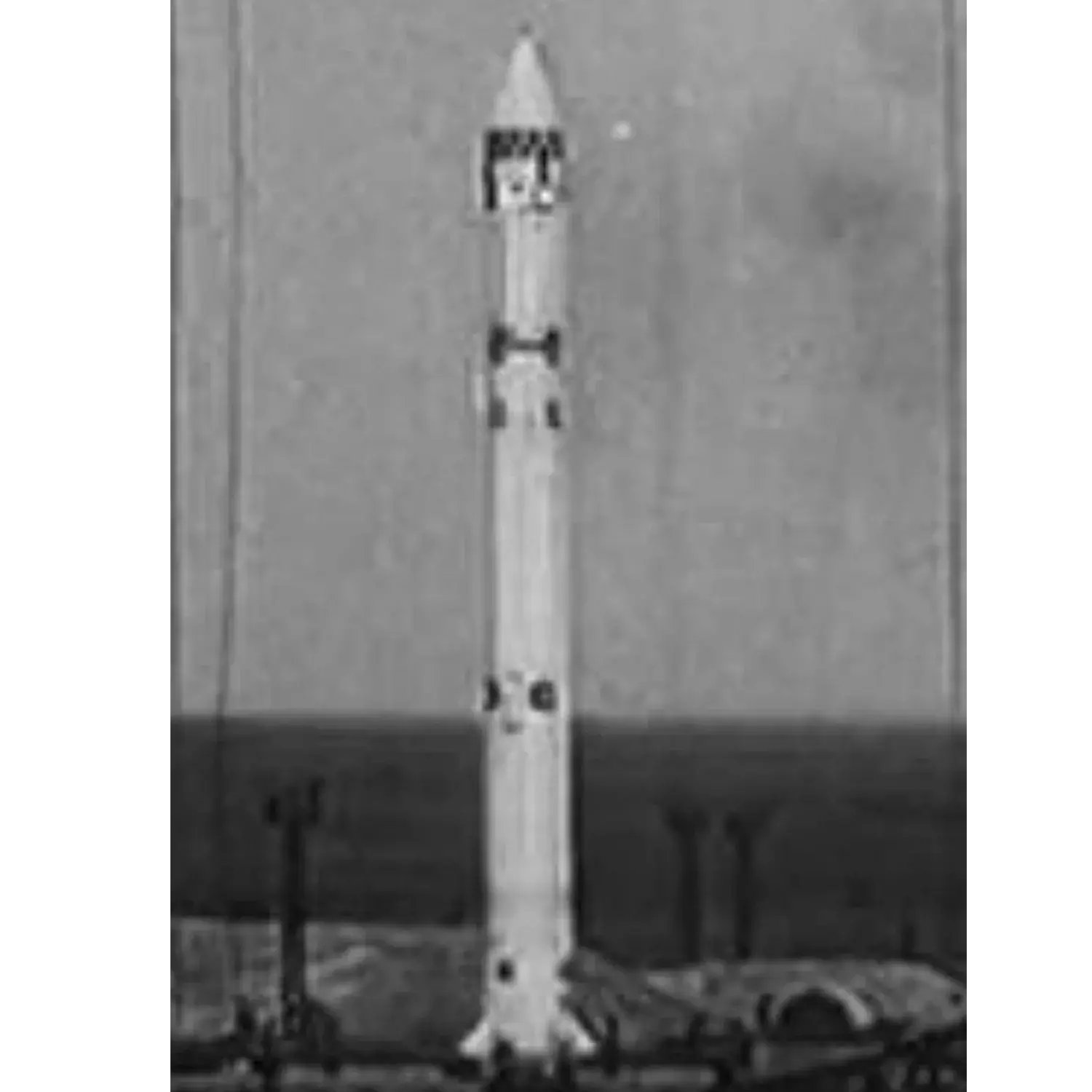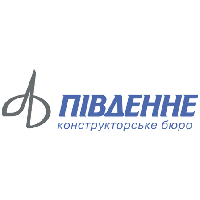Cosmos 1
Launch Success
Liftoff Time (GMT)
11:59:00
Friday March 16, 1962
Mission Details
Launch Notes
First satellite to be named Cosmos.
Cosmos 1
DS satellites are a series of satellites made to be universal, and easily modifiable according to customer needs. After a first launch in 1962, almost two hundred satellites will be launched. Several generations of DS satellites will be developed, some used for scientific studies, while others will be used by the Red Army for radar calibration. After flying two demonstration series (DS-1 and DS-2), the DS satellites will have three universal versions (DS-U1, unstabilized and battery-powered, DS-U2, unstabilized and solar-powered, DS-U3, stabilized). Versions will also be produced to fly international experiments, leading to the Intercosmos program. This flight flew a DS-2 satellite. Following two unsuccessful attempts to put its first satellite, the DS-1, into orbit, the OKB-586 is developing a smaller and simpler satellite, called DS-2. The main objective is to validate the new Cosmos launcher and the technologies related to artificial satellites, for which the OKB-586 has no experience yet. The DS-2 takes the form of a sphere 800mm in diameter, containing batteries, with a 50-day autonomy, and a Mayak-O2 radio transmitter. This one is able to emit around two distinct frequencies, and it will be used to study the propagation of the radio waves in the upper atmosphere. The four antennas of the DS-2 are automatically deployed 10 seconds after the second stage of the Cosmos launcher is separated. A first DS-2 is successfully launched on March 16, 1962. It then became the first Soviet satellite not to be built by the OKB-1, not to be launched by a rocket of the R-7 family, and not to take off from the Baikonur cosmodrome. This first satellite makes it possible to validate the Cosmos launcher and the Mayak launch pad of Kapoustine Yar. A second satellite is built in 1964 to validate this time the launch from the silo. This second attempt ends in failure, but allows however to validate the silo.
Low Earth Orbit
1 Payload
47 kilograms
Rocket


Manufacturer
OKB-586Rocket
Height: 29.59m
Payload to Orbit
LEO: 350 kg
GTO: 0 kg
Liftoff Thrust
636 Kilonewtons
Fairing
Diameter: 1.65m
Height: 2.99m
Stages
2
Launch Site
Stats
Cosmos-1
3rd
Mission
1st
Mission of 1962
OKB-586
30th
Mission
1st
Mission of 1962
1962
10th
Orbital launch attempt